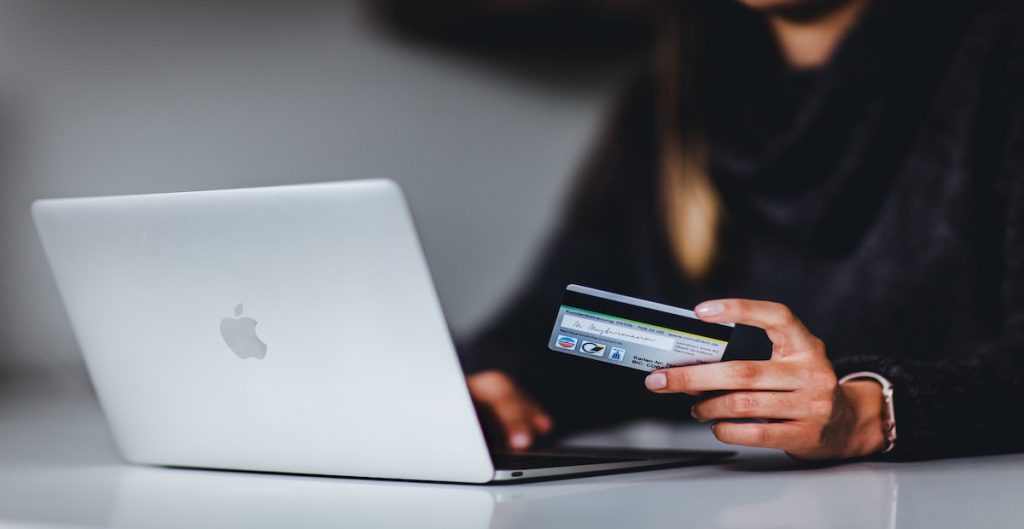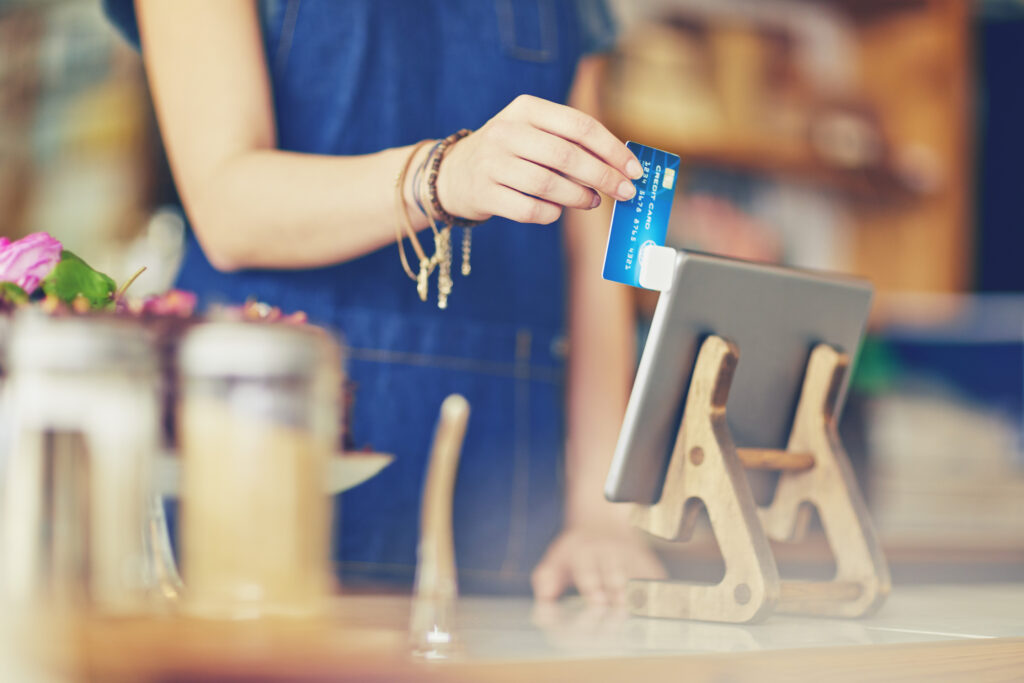We are committed to sharing unbiased reviews. Some of the links on our site are from our partners who compensate us. Read our editorial guidelines and advertising disclosure.
BioDome: A New and Sustainable Way to Grow Food
When Jerah Siegal was in school, he learned about indoor farming and agricultural production. It started with a practical question about the job market—Siegal wanted to find an industry that wouldn’t disappear and would have relatively inelastic demand. “I wanted to be in agricultural production,” he told Business.org.
With that idea, Siegal developed BioDome in college. This business is a sustainable way of growing food to eliminate food deserts and waste. After winning competitions with some starting seed money, Siegal dove headfirst into developing a prototype and pitching his business.
So how did Siegal go from an idea to meeting venture capitalists in just a couple of years? Business.org spoke with Siegal over Zoom to learn more about BioDome and Siegal’s entrepreneurial process.
How it began
The research process for what would become BioDome began when Siegal was a student at Hobart and William Smith Colleges, majoring in economics and environmental studies with an entrepreneurial studies minor. “I wrote every single paper that entire year on agricultural production methods,” Siegal said. “So, I put in about 750 hours of research into agricultural production.”
With the plan to bring sustainability to agriculture, Siegal discovered that he needed to reduce the impact of shipping and processing. Together, those two processes “took up more than 72% of the energy and cost within the agricultural production process,” he explained.
It also meant that what we think of as ‘fresh produce’ isn’t always that fresh because it’s being imported from long distances. And the people who live locally aren’t getting their local produce. Siegal told Business.org: “One of the weirdest things I found out was if you live in Florida, you've actually never eaten a Florida orange—despite the fact that Florida provides oranges for the majority of the country.”
Siegal discovered he needed to eliminate two processes to create sustainable agriculture: shipping and processing. “The answer was if it's grown where the people are that it doesn't need to be shipped,” he explained. “And it seemed like a very simple kind of answer, but it hasn’t really been done.”
By signing up I agree to the Terms of Use and Privacy Policy.
Developing the business during college
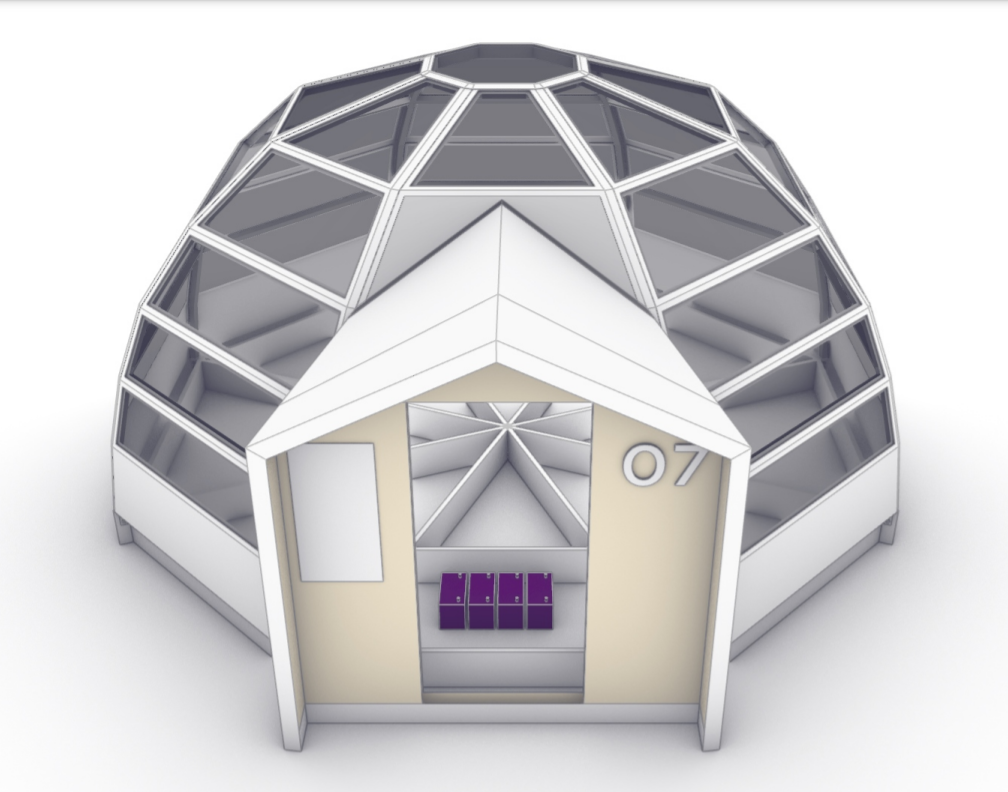
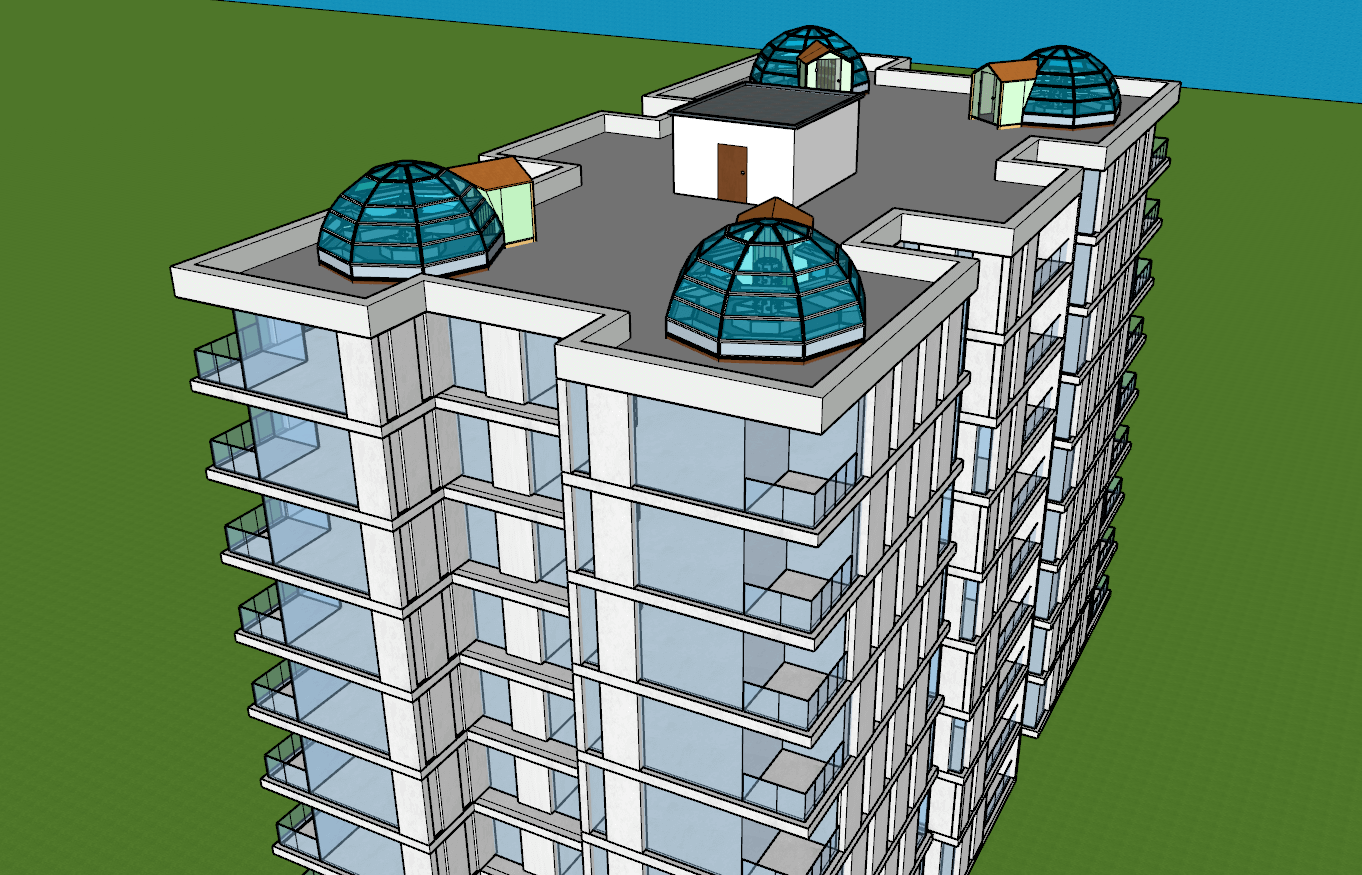
To start, Siegal began researching local, indoor farms that didn’t ship their produce very far. He found nearly two dozen large-scale options, but most were industrial and companies that weren’t wholly local. So, he thought, “What if I took the idea of having an indoor farm and I put it on the roof of a building?”
He wanted to automate processes, collect rainwater for sustainability, and use a computer to monitor plant growth—all from the building where people would eat the food. In the end, he settled on a one-size greenhouse idea and developed a dome shape “because it maximized my surface area to volume ratio, and it allowed me to get the most plants sunlight in any given space,” Siegal explained.
At Hobart and William Smith Colleges (HWS), Siegal did customer discovery and talked to apartment building owners and tenants. “I was able to find a proper target market fit where we really homed in and adjusted our business model to fit a specific target market,” Siegal said. Siegal then transferred to Rowan University to major in Entrepreneurship, where he finished his design and created an operational prototype.
Looking back on his time in school developing BioDome, Siegal noted, “HWS really kind of helped lay the foundation for getting a decent idea together that I thought I could make viable and then Rowan really helped me to implement it.”
Early funding helped BioDome off the ground
“Thus far, I bootstrapped everything,” Siegal told Business.org. He spent summers mowing lawns and investing his money in cryptocurrency. At the end of the day, Siegal contributed all of the initial BioDome seed money from his investments.
The other thing that helped was investment from the School of Innovation and Entrepreneurship at Rowan University, where he took part in pitch competitions and startup accelerators—like Startup RU—to get BioDome off the ground. Siegal also participated in the National Science Foundation’s Innovation Corps (I-Corps) program to help develop his idea early on.
“We are currently looking to raise a friends and family round—or pre-seed round,” Siegal said, and he has been applying for government grants and research vouchers for BioDome. BioDome is based in New Jersey, and Siegal spoke highly of the New Jersey Economic Development Agency as an extraordinarily helpful organization: “They have some very interesting resources—they do clean tech and research and development grants for businesses, as well as research vouchers, microloans, and other things along those lines,” Siegal said.
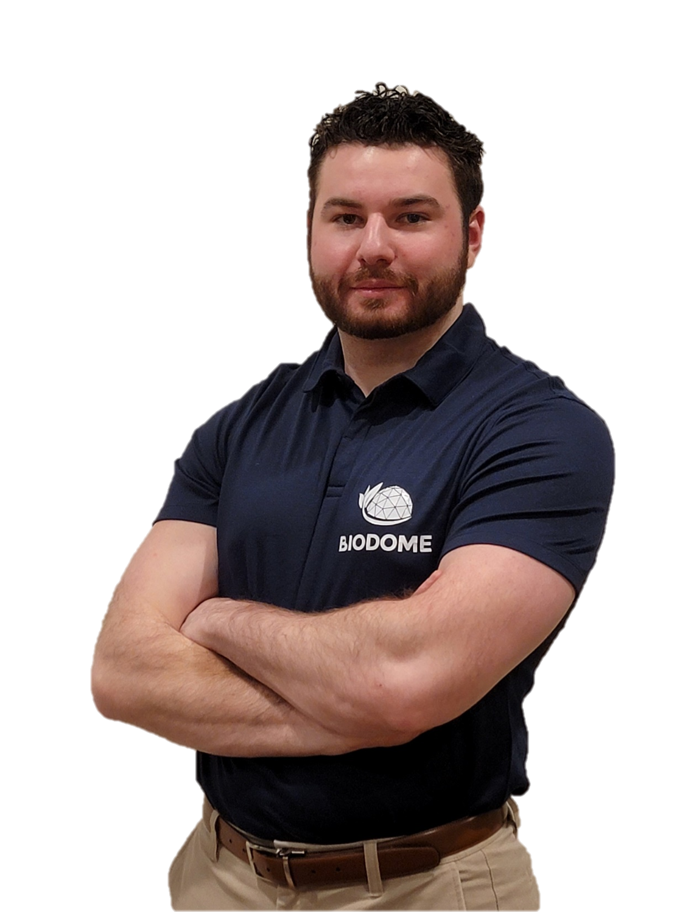
As a solo founder and CEO, Siegal has looked at SBA loans and the Small Business Innovation Research (SBIR) program, but he noted it can be costly to fund a business wholly through loans. Siegal has been pitching venture capitalists and angel investors while also applying to accelerator programs.
One thing he has found through this whole process is that “having a good team is important in terms of attracting investment.”
Creating next steps with BioDome
The company currently has contracts with apartment buildings and is working to get units on the ground. “We're hoping to show some proof of concept and some traction to investors through doing this, and, then from there, we can take on a larger scale investment,” Siegal said.
BioDome will fund the units for apartment buildings, and apartment owners will pay a subscription for BioDome to grow and serve the tenants produce on a weekly basis. “We are a service-based business,” Siegal explained, “but we're enabled by the technology that we use and so our goal is really to integrate with these apartment buildings.”
And with the BioDome app, apartment tenants can watch what’s growing in the dome and find recipes for the produce they receive.
“It's going to be a long process,” Siegal said, “but that's why no one else has done it so far.”
To learn more about BioDome, check out its company website.
Related articles
